How is Water Treated for Homes?
How is Water Treated for Homes?
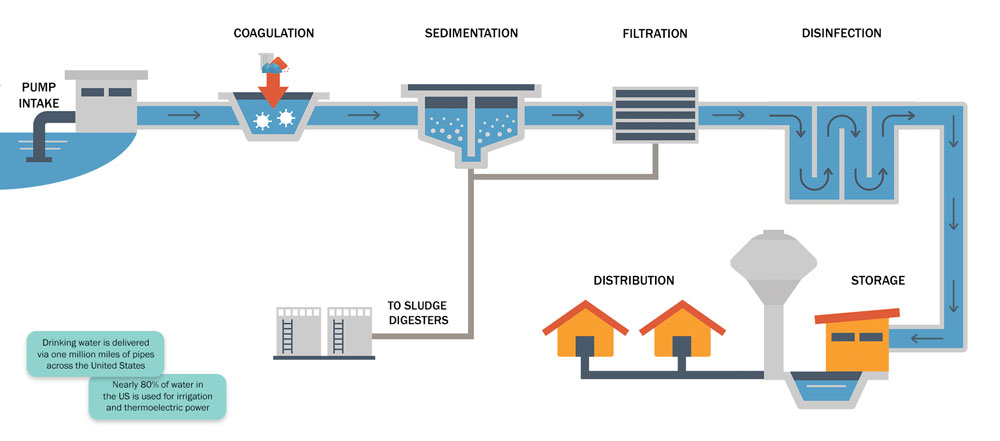
According to the Environmental Protection Agency (EPA), more than 280 million people get their drinking water from a community water system. Drinking water supplies in the United States are among the safest in the world, but even these water sources can become contaminated. Before fresh water can be considered potable, it must be treated to be made safe for drinking. Systems are set in place to ensure ongoing water quality, which then allows this treated water to be sent through water pipes and into our homes.
THE PROCESS
1. Intake
Water is pumped from a water source, such as a lake, river, or ground water, into the water purification plant via a pump station. As it enters the pump station, the water is sent through a screen. This helps prevent large debris (such as wood, fish, and plants) from entering the system and clogging equipment.
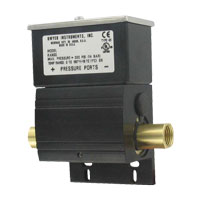

2. Coagulation
After water is pumped into the treatment plant, the purification process begins. Coagulant chemicals are added to the water and mixed at a high rate. The coagulation causes any fine particulates in the water to stick together, forming larger clumps of particles (known as floc).
3. Sedimentation
Following the coagulation process, the water and floc particles are sent into a sedimentation basin. During this time, the floc has the opportunity to settle to the bottom of the tank, where it can be removed; the clean water at the top of the tank is sent to be filtered.
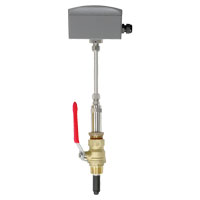
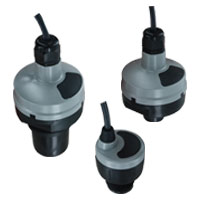
4. Filtration
The filtration process allows water to pass through natural filters of variable sizes and compositions (e.g. sand, gravel, and charcoal). These natural filters help to sift out any remaining particles in the water.
Solid matter collected in the sedimentation and filtration processes is sent to be used as fertilizer.
5. Disinfection
To protect against bacteria, viruses, and other microbes, the water must be disinfected. In most cases, this is done using chemicals such as chlorine or with ultraviolet light.
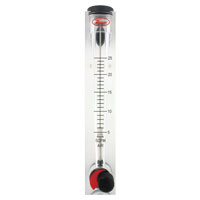
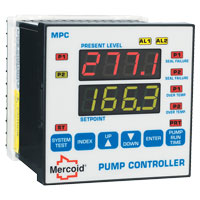
6. Storage & Distribution
After the water purification process has been completed, the water is pumped into water storage tanks. The clean, safe drinking water is then pumped to homes and businesses when needed.
Water purification is a specialized and involved process that focuses on keeping communities healthy. These steps guarantee continuous access to safe drinking water.
